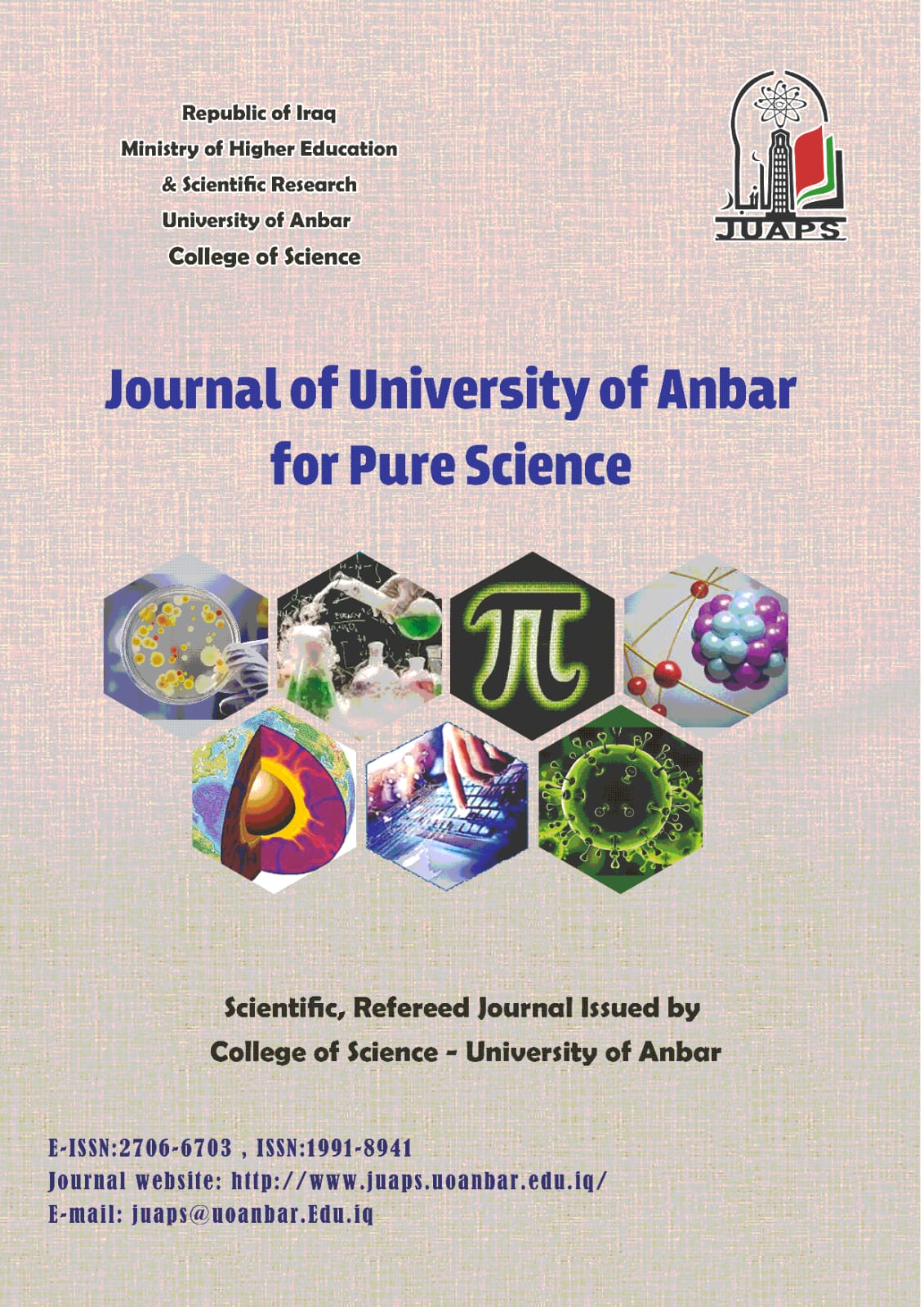Abstract
The aims of this study was to detect the clinical and microbiological criteria used in the diagnosis of impetigo addition to understand the susceptibility pattern of the bacterial causative agents of impetigo to selected antimicrobial agents.
A total of Fourty five patients infected with impetigo were included in this study. Microbiological examination was performed based on direct examination, staining with Gram stain, biochemical test and culture. The antimicrobial susceptibility test was performed by standardized Kirbey-Bauer disc diffusion method.
Out of 45 specimens obtained, 15(33.3%) were diagnosed bullous impetigo and 30 (66.7%) as impetigo contagiosa. Out of 30 patients of non bullous impetigo, 25 (83.3%) were appeared as a primary infection while five (16.7%) of them followed other infection like scabies. The study results showed that Staphylococci were the main bacterial causative agents of bullous impetigo. In non-bullous impetigo, staphylococci isolated in 17 cases and Streptococcus pyogenes in 10 (33.3%) of patients. With regard to antimicrobial susceptibility tests, staphylococcal isolates were appeared 100% of sensitivity against ciprofloxacin, vancomycin, rifampicin and amikacin. Cloxacillin alone and ampicillin/cloxacillin combination revealed resistance in 4 (28.6) and 3 (21.4%) respectively. Three (12%) of isolates were resistant to third generation cephalosporines (cefotaxime, ceftriaxone and ceftazidime) respectively.
Staphylococci were the main bacterial causative agents of bullous impetigo while in non-bullous impetigo, Streptococcus pyogenes in addition to staphylococci predominantly S aureus were the predominant causative agents. Further, ciprofloxacin, vancomycin, rifampicin and amikacin were the most effective antimicrobial agents against study isolates of S aureus.
A total of Fourty five patients infected with impetigo were included in this study. Microbiological examination was performed based on direct examination, staining with Gram stain, biochemical test and culture. The antimicrobial susceptibility test was performed by standardized Kirbey-Bauer disc diffusion method.
Out of 45 specimens obtained, 15(33.3%) were diagnosed bullous impetigo and 30 (66.7%) as impetigo contagiosa. Out of 30 patients of non bullous impetigo, 25 (83.3%) were appeared as a primary infection while five (16.7%) of them followed other infection like scabies. The study results showed that Staphylococci were the main bacterial causative agents of bullous impetigo. In non-bullous impetigo, staphylococci isolated in 17 cases and Streptococcus pyogenes in 10 (33.3%) of patients. With regard to antimicrobial susceptibility tests, staphylococcal isolates were appeared 100% of sensitivity against ciprofloxacin, vancomycin, rifampicin and amikacin. Cloxacillin alone and ampicillin/cloxacillin combination revealed resistance in 4 (28.6) and 3 (21.4%) respectively. Three (12%) of isolates were resistant to third generation cephalosporines (cefotaxime, ceftriaxone and ceftazidime) respectively.
Staphylococci were the main bacterial causative agents of bullous impetigo while in non-bullous impetigo, Streptococcus pyogenes in addition to staphylococci predominantly S aureus were the predominant causative agents. Further, ciprofloxacin, vancomycin, rifampicin and amikacin were the most effective antimicrobial agents against study isolates of S aureus.
Keywords
Antimicrobial Susceptibility Test
Bullous impetigo
impetigo contagiosa
Abstract
إن أهداف هذه الدراسة هي لتحديد الوسائل السريرية والمايكروبايولوجية في تشخيص مرض (impetigo) ومدى حساسية البكتريا المسببة له للمضادات الحياتية. شملت الدراسة السريرية 45 مريض مصابين بهذا المرض. استندت اختبارات المايكروبايولوجي على الاختبارات المباشرة والصبغ بملون كرام واختبارات الكيمياء الحياتية والميكروبية. أنجز فحص الحساسية للمضادات باستخدام طريقة انتشار الأقراص كيربي –باور. أظهرت نتائج الدراسة بانه من مجموع 45 عينة 15(33.3%)شخصت كامبيتيغو قيحي و30 (66.7%) شخصت بالشكل غير القيحي من المرض. من النوع الثاني ظهر بان 25 (83.3%) يمثلون خمج أولي في حين مثل 5 (16.7%) خمجا ثانويا. بينت الدراسة بان بكتريا العنقوديات كانت الأكثر سيادة في الشكل القيحي من المرض في حين عزلت الاخيرة في 17 عينة، وبكتريا المسبحيات القيحية في 10 حالات في الشكل غير القيحي من المرض. أظهرت فحوصات الحساسية الدوائية بان بكتريا العنقوديات كانت حساسة للمضادات السبروفلوكساسين والفانكومايسين والريفامبيسين والاميكاسين بنسبة 100%. في حين أظهرت هذه البكتريا مقاومة الى الكلوكساسيلين والامبيكلوكس في 4 (28.6) و3 (21.4%)على التوالي كما أظهرت 3 (12%) من البكتريا العنقودية مقاومة الى السيفوتاكسيم والسيفترياكسون والسيفتازيديم. تستنتج الدراسة بان بكتريا العنقوديات كانت الأكثر سيادة في الشكل القيحي من المرض في حين عزلت الاخيرة وبكتريا المسبحيات القيحية في الشكل غير القيحي من المرض. كذلك تظهر الدراسة بان السبروفلوكساسين والفانكومايسين والريفامبيسين والاميكاسين هي الأكثر تأثيرا في البكتريا العنقودية المسببة لهذا المرض.
